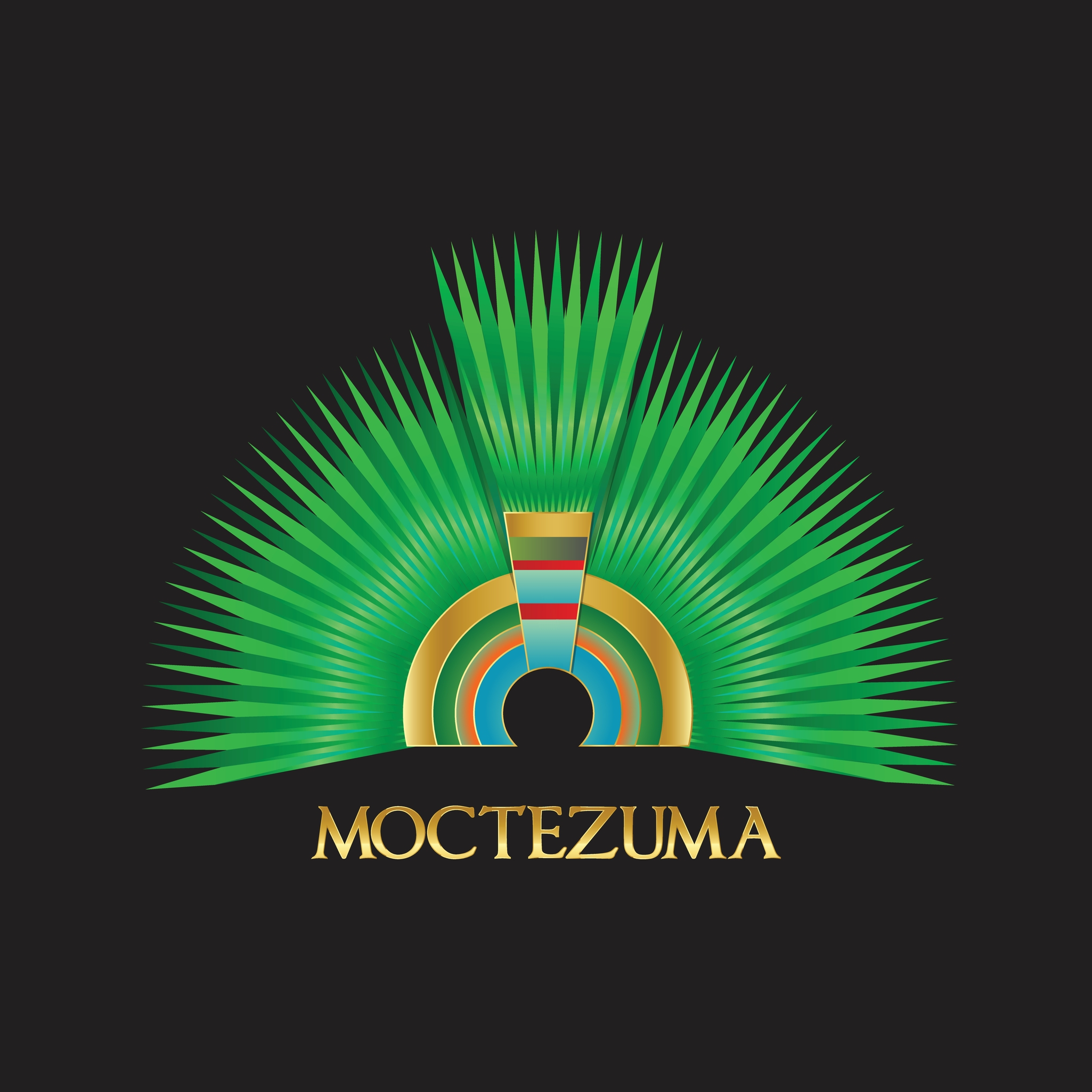Montezuma was one of the most influential figures in Aztec history, yet there’s a lot we don’t know about him. We know that he reigned from 1502 until 1520 and that he famously expanded the Aztec Empire, but the personality and details of this larger-than-life figure come mostly from the invading Spaniards — their accounts shrouded in prejudice, says Matthew Restall, a historian, and author, of When Montezuma Met Cortés.
Montezuma, the Man
“The Spaniards in Mexico constructed an extremely negative image of everything to do with the Aztecs, including their culture, religion, and system of governance, all of which was to justify conquering and doing what they could to destroy that civilization,” says Restall.
And Montezuma, the emperor of the Aztecs, is seen through this same lens—a barbaric yet weak ruler who bowed at the feet of the Spaniards. But Restall says that this is largely false. Rather, from the type of empire that expanded and grew wealthier in his years on the throne, it’s more likely that he was a strong, intelligent, and careful ruler.
Montezuma was also curious about the world around him and interested in gathering knowledge, says Restall. As a collector of artifacts, works of art, and cultural pieces, it should be of no surprise that Montezuma’s headdress would have been a part of his empire.
Made with 400 quetzal feathers and gold detailing, the headdress is known for its intricate feather artistry, says Restall.
Read More: The Florentine Codex Describes Early Aztec Life
The Montezuma Headdress
While the Aztecs were not the barbarians they were painted to be, the Spaniards actually were.
While some pieces were given, the Spaniards also plundered as many valuables as they could from the Aztecs, and what couldn’t be melted down into gold and other precious metals was sent back to Europe, says Restall.
According to Sandra Rozental, an anthropologist at New York University, we’re not completely sure how the headdress made it to Europe initially, although it was sent early on and mentioned by Cortes as an object he sent to King Charles V, Holy Roman Emperor, Archduke of Austria and King of Spain at the time.
We know that it was in Europe by the 16th century because it was mentioned in a collection at the Wunderkammer of the Ambras Castle in Innsbruck and was added to the collections of the Museum für Völkerkunde in Vienna by the 19th century, Rozental says.
“The Mexican government has been asking for its return for decades, insisting that the headdress, which we do not know for certain to have belonged to Moctezuma, is of Mexican national heritage and should be in Mexico and available to and on view for Mexican people,” says Rozental.
Read More: The Aztecs Sacrificed Humans to Repay Gods, and Other Reasons
Back to Its Rightful Owner?
Recently, activists who have been calling for the specimen’s return even hacked into an audioguide at the museum asking for just that. However, it has remained in Vienna because of fears that the intricate piece is too fragile for travel.
For many, especially museum professionals and conservators, its conservation trumps the importance of its return, but Rozental disagrees.
“We are in a moment worldwide where this assumption is being questioned, mostly with regards to statues and monuments, but why not headdresses?” says Rozental. “The return of the penacho for Mexico is a question of politics and related to sovereignty, and perhaps these are as important as conservation.”
But even if it is returned, the question becomes to where? Will it be housed in the national museum or more locally due to its indigenous roots? These are questions that still need to be answered. But as of now, the piece remains in Vienna.
Read More: The Fall of the Aztec Empire: What Really Happened in the Battle of Tenochtitlan?
Article Sources
Our writers at Discovermagazine.com use peer-reviewed studies and high-quality sources for our articles, and our editors review for scientific accuracy and editorial standards. Review the sources used below for this article:
Sara Novak is a science journalist based in South Carolina. In addition to writing for Discover, her work appears in Scientific American, Popular Science, New Scientist, Sierra Magazine, Astronomy Magazine, and many more. She graduated with a bachelor’s degree in Journalism from the Grady School of Journalism at the University of Georgia. She’s also a candidate for a master’s degree in science writing from Johns Hopkins University, (expected graduation 2023).





















Discussion about this post